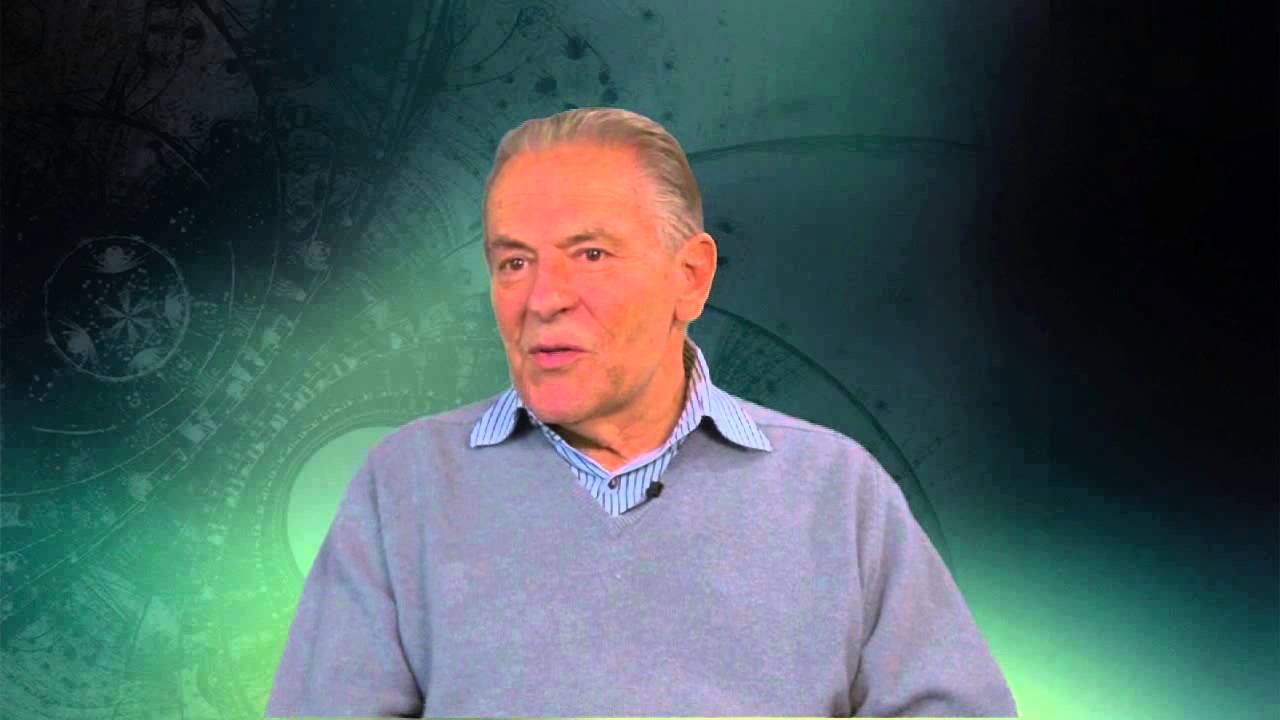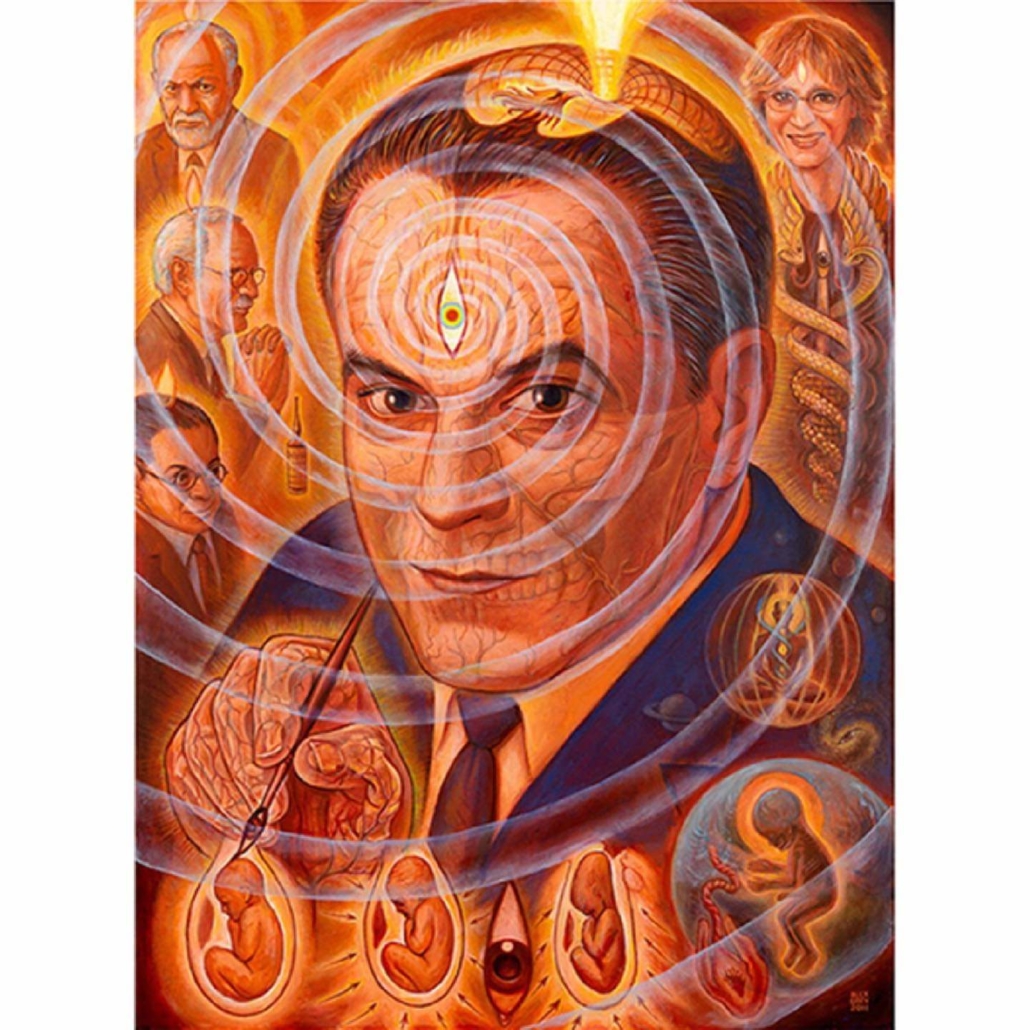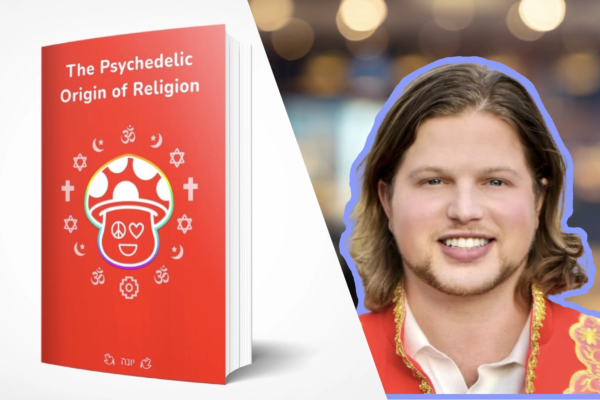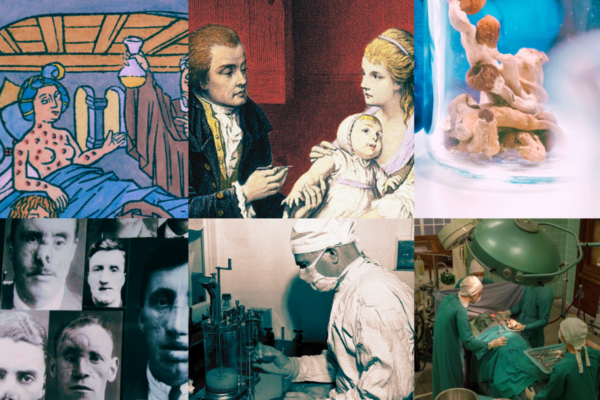
The mid-20th century was the golden age of psychedelic research. Around 40,000 patients were administered LSD, with overwhelming benefits for issues such as addiction, depression, and death-related anxiety.
One of the pioneers of this era was psychiatrist and consciousness explorer Stanislav Grof. Grof himself conducted around 4,500 psychedelic sessions during this golden age. However, his research with psychedelic substances was cut short following the infamous ban on psychoactive substances in 1971.
Since then, Grof, 89, has continued to impact the fields of psychiatry and psychology; along with his wife, Grof managed to circumvent the psychedelic ban by developing a novel method to induce psychedelic-like states with a simple breathing technique, which they dub Holotropic Breathwork.
Who is Stanislav Grof?
In his early career, Grof was drawn to psychiatry and Freudian psychoanalysis when studying medicine. However, as Grof was completing his PhD in Prague, Czechoslovakia became a hub of psychedelic research.
It was there that in his earlier years, Grof and his colleagues ran numerous sessions into the effects of tryptamines like DMT and LSD. This foundational work aimed to simply figure out what effects these substances could induce—it was no doubt a strange and exciting time to be a psychiatrist, when these substances were just starting to impact Western medicine.
What fascinated Grof about psychedelics is their ability to radically alter an individual’s state of consciousness. After being given 200 micrograms of LSD, a “perfectly normal” person could enter deep states of hallucination for eight hours, and finally resurface back to normality at the end of the trip (although, arguably they would never be the same again).
“LSD is a catalyst or amplifier of mental processes,” he said. “If properly used it could become something like the microscope or telescope of psychiatry.”
Witnessing this cataclysmic change in consciousness certainly went hand in hand with Grof’s interest in psychoanalysis. There was finally a way to allow the subconscious to emerge to the surface.

A Psychedelic Therapy Pioneer
The psychiatrist was dedicated to the cause; at the peak of his time in Czechoslovakia, Grof was conducting two LSD sessions a day. After spending seven years as the principal investigator of these psychedelic studies, Grof moved to the US to continue his groundbreaking work.
During his time in the US, he held esteemed positions at both Johns Hopkins University and Maryland Psychiatric Research Centre. This, in combination with his time in Czechoslovakia, totalled fourteen years of research into the world of psychedelics.
With 4,500 LSD sessions under his belt, Grof laid the foundation for the gold standard of psychedelic therapy. Grof’s purpose was to facilitate the sessions, holding space for the patient, while the patient was encouraged to journey inward. Eye shades and a selected playlist of music comprised the psychiatrists’ arsenal, where he said he had huge success:
“I felt strongly that LSD-assisted analysis could deepen, intensify, and accelerate the therapeutic process…”

Life After Prohibition – Holotropic Breathwork
Despite the success, the infamous ban on psychoactive substances cut short the groundbreaking research that Grof conducted. Of course, Grof, along with many of his colleagues, felt the prohibition was uncalled for:
“[B]y banning psychedelic research we have not only given up the study of an interesting drug or group of substances, but also abandoned one of the most promising approaches to the understanding of the human mind and consciousness.”
The toolkit of Western psychiatry could not rival the potential of psychedelics to reveal the subconscious. How could Grof go back to these ineffective methods when he had been successfully exploring the terrain of people’s psyche?
The answer is, he couldn’t. After his final work on the East Coast, Grof became a scholar-in-residence at the Esalen Institute in California in 1973. It was there that he, alongside his wife Christina, developed Holotropic Breathwork.
“This seemingly simple process, combining breathing, evocative music and other forms of sound, bodywork, and artistic expression, has an extraordinary potential for opening the way for exploring the entire spectrum of the inner world,” he said.
Holotropic literally means “moving towards wholeness”, with Greek etymology (holos meaning whole, and trepein meaning moving in the direction of something). Breathwork refers to the accelerated breathing that comprises the process.
Much like classic psychedelic therapy, a ‘breather’ will lie down on a mat with a pair of eyeshades on, and listen to a carefully curated playlist of evocative music. ‘Sitters’ accompany these ‘breathers’ to hold space for them, and attend to them if necessary.
The sessions themselves often end in discussion and drawing, allowing people to communicate the ineffable nature of their experience.
Since the inception of this technique, Grof and his wife travelled all over the world teaching Holotropic Breathwork to practitioners and patients. However, there has been little formal research on the effects of Holotropic Breathwork. But the psychedelic renaissance may turn people toward the healing potential of the breath. With thousands of LSD sessions conducted, and countless books published, Grof has a huge psychedelic legacy. He currently resides in the US and Germany, and continues to deliver Holotropic Breathwork training to potential facilitators.





